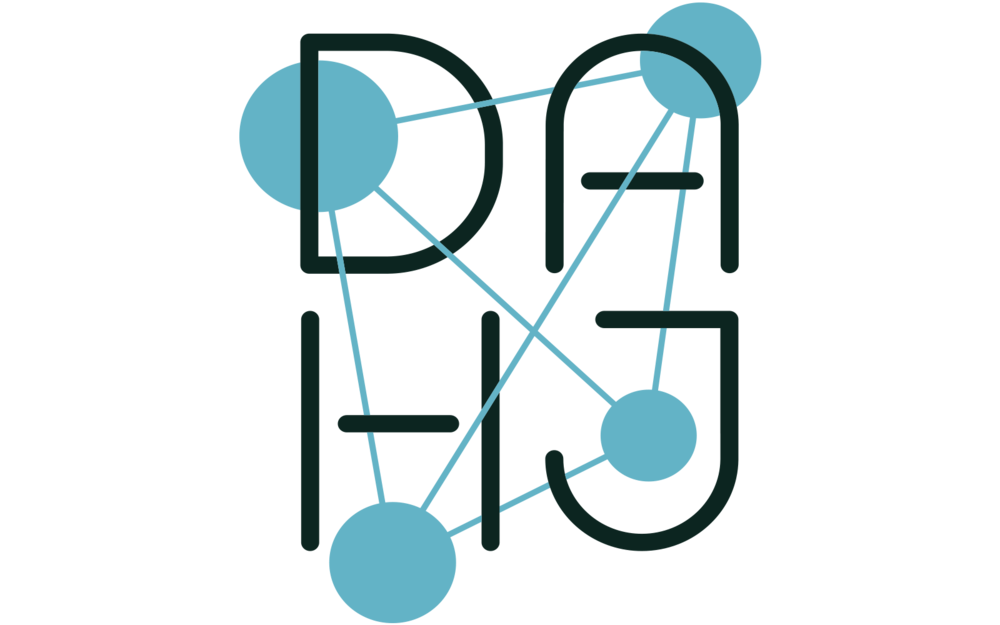Abstract
In this paper, by extending the methodology of media archaeology to the praxis of Cultural Analytics/Media Visualization I ask how have we compared multitude of diverse images and what can we learn about the narratives that these comparisons allow? I turn to the work of Aby Warburg who attempted to organize close to two thousand images in his Mnemosyne Atlas. In comparing contemporary methods of image data visualization through cultural analytics method of remapping and the turn of the century methodology developed by Warburg under the working title of the “iconology of intervals,” I examine the shifts and continuities that have shaped informational aesthetics as well as data-driven narratives. Furthermore, in drawing parallels between contemporary Cultural Analytics/Media Visualization techniques, and Aby Warburg’s Atlas, I argue that contextual and image color data knowledge should continue to be important for digital art history. More specifically, I take the case study of Warburg’s Panel 45 in order to explore what we can learn through different visualization techniques about the role of color in the representation of violence and the promise of prosperous civil society.
DOI: https://doi.org/10.11588/dah.2016.2.23489
Author
Stefka Hristova
Ph.D., is an Assistant Professor of Digital Media at Michigan Technological University. She holds a PhD in Visual Studies from the University of California Irvine. Her research examines the digital visual cultures of war and displacement. Stefka teaches in the Communication, Culture, & Media Undergraduate Program and the Rhetoric, Theory, and Culture Graduate Program.

